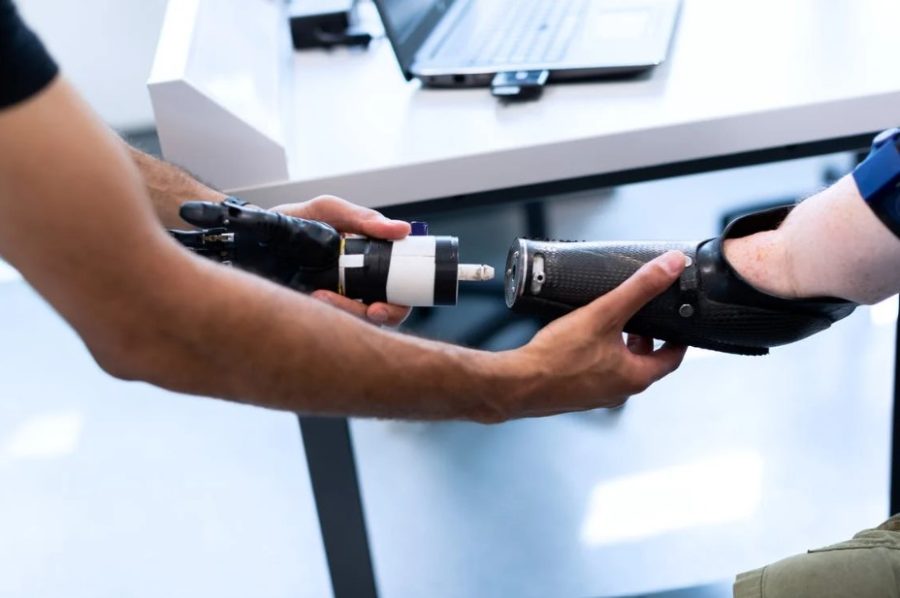Custom prosthetics are made specifically for everyone. The process begins with a consultation to assess the person’s needs. An impression or mold is then made of the limb, followed by a model. An individualized prosthetic is then made from the model. A final fitting and adjustment are required.
The Consultation Process
You need a consultation to get a custom prosthetic that meets your needs. As you’ll wear the prosthetic for a lot of hours each day, it must be comfortable and well-functioning.
The prosthetist will ask about your medical history and why you need a prosthetic. They will also want to know about your lifestyle and activities. If you are an athlete, they will need to take that into account when choosing materials.
Next, they’ll measure the affected limb. The purpose of this is twofold: first, to get an accurate impression or mold of the limb, and second, to ensure that the prosthetic fits properly. They will also assess your range of motion and muscle strength before attaching the device.
They’ll also want to know how you plan to use your missing hand or arm. If you plan to use it for everyday tasks like brushing your teeth and combing your hair, they’ll have to design it accordingly. However, if you intend to swim or play tennis on it, they’ll have to take that into account.
The prosthetist will have all the information they need to design a custom prosthetic after your consultation.
The Impression or Mold
Next, an impression or mold of the limb is taken. Plaster or another material is wrapped around it and allowed to harden. It’s then removed, and you’re left with an accurate mold of your limb.
The prototype is then created from this mold. Using expanding foam as the material makes it easy to create specific-shaped prosthetic prototypes.
The Custom-Fitted Prosthetic
After the prototype is complete, the custom-fitted prosthetic can be created. The model is used to make a negative mold of the limb. A negative mold is then used to cast the prosthetic out of the chosen material.
A custom prosthetic can be made from a variety of materials. Plaster, fiberglass, and silicone are common. You should discuss your options with your prosthetist before choosing one.
After the prosthetic is cast, it’s time to fit it. Any adjustments are made here, and the prosthetic is attached. It will depend on the type of limb you’re missing and your needs. You can attach a prosthetic arm with a strap or harness if you’re missing an arm. It can be attached with a belt or sleeve if you are missing a leg.
The prosthetist will assess your range of motion after the prosthetic is attached. Physical therapy may also be recommended. The finished product will be returned to you for fitting and adjustments.
Conclusion
When getting a custom prosthetic, keep a few things in mind. The consultation process is key to getting the right device. The model is simply used to make a prosthetic, not the actual one. After the prosthetic has been cast, it’s time for the fitting. It is here that the prosthetic is attached, and adjustments are made.

